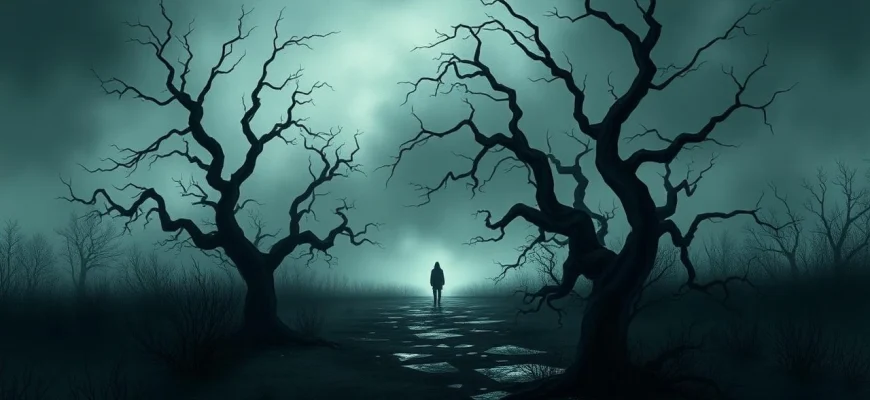If you were captivated by the eerie and unsettling atmosphere of 'Men' (2022), you're likely craving more films and shows that deliver similar psychological horror and surreal storytelling. This article explores 10 movies and TV series that share themes of isolation, psychological torment, and unsettling imagery, perfect for fans of Alex Garland's haunting masterpiece. Dive into these recommendations to satisfy your appetite for thought-provoking and chilling narratives.
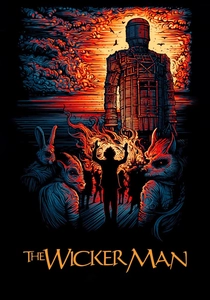
The Wicker Man (1973)
Description: The Wicker Man, like Men, explores pagan rituals and the clash between modernity and ancient beliefs in rural settings. Both films feature outsiders confronting disturbing traditions in seemingly peaceful communities. The folk horror elements and gradual revelation of horror beneath a beautiful surface are key similarities.
Fact: Christopher Lee worked for free on the film. The final cut was heavily edited against the director's wishes. Many scenes were shot in sequence to maintain continuity.
 Watch Now
Watch Now 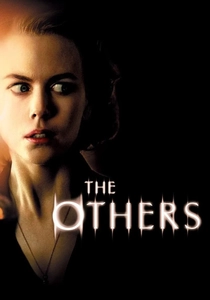
The Others (2001)
Description: The Others shares with Men a gothic atmosphere and themes of isolation and psychological unraveling. Both films play with perception and reality, featuring protagonists who may or may not be experiencing supernatural phenomena. The slow revelation of truth and the focus on domestic spaces as sites of horror are similar elements.
Fact: Nicole Kidman's pale makeup took 3 hours daily to apply. The film was shot entirely in Spain. Director Alejandro Amenábar wrote the script in just three weeks.
 Watch Now
Watch Now 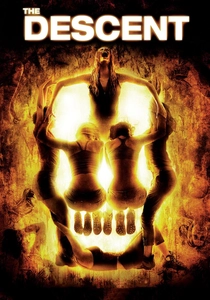
The Descent (2005)
Description: The Descent shares with Men themes of trauma manifesting in physical horror and the breakdown of relationships under extreme stress. Both films feature female protagonists confronting monstrous manifestations of their psychological states. The claustrophobic atmosphere and body horror elements are common to both.
Fact: The cave sets were built to be only slightly larger than the actresses. The creatures were inspired by blind cave fish. The UK and US versions have different endings.
 Watch Now
Watch Now 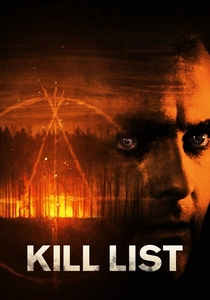
Kill List (2011)
Description: Kill List shares with Men a sudden shift from psychological drama to surreal horror, featuring protagonists who encounter inexplicable, cult-like phenomena. Both films maintain a grounded approach before descending into nightmarish scenarios, with ambiguous endings that leave viewers unsettled.
Fact: The film was shot in just 20 days. Director Ben Wheatley used real ex-soldiers as extras. The final scene was inspired by a nightmare the director had.
 Watch Now
Watch Now 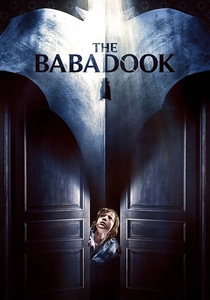
The Babadook (2014)
Description: The Babadook shares with Men a focus on psychological horror and the manifestation of trauma as a monstrous entity. Both films explore how grief and repressed emotions can physically manifest and threaten to consume individuals. The atmospheric tension and slow-building dread are characteristic of both films.
Fact: The Babadook became an unexpected LGBTQ+ icon in
 Watch Now
Watch Now 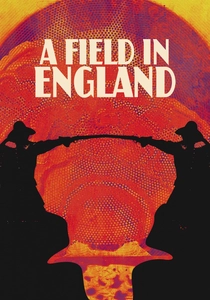
A Field in England (2013)
Description: A Field in England shares with Men a surreal, psychedelic approach to historical and folk horror. Both films feature characters trapped in bizarre, dreamlike scenarios that blend reality and hallucination. The exploration of masculinity under stress and the use of landscape as a character are common elements.
Fact: The film was released simultaneously in cinemas, DVD, TV, and VOD. Much of the dialogue was improvised. The black-and-white photography was achieved digitally in post-production.
 Watch Now
Watch Now 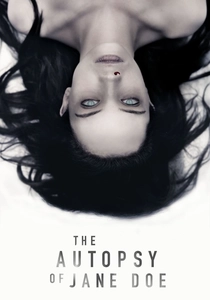
The Autopsy of Jane Doe (2016)
Description: The Autopsy of Jane Doe shares with Men a slow-burn mystery that gradually reveals supernatural horror. Both films feature confined settings that become increasingly claustrophobic as the horror unfolds. The theme of uncovering hidden truths that should have remained buried is central to both narratives.
Fact: The corpse was played by a contortionist who held her breath for long periods. The film was shot in just 20 days. Director André Øvredal wanted to make a 'contained' horror film.
 Watch Now
Watch Now 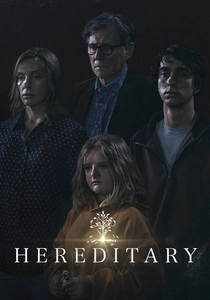
Hereditary (2018)
Description: Hereditary shares similarities with Men (2022) through its exploration of grief, trauma, and psychological horror. Both films delve into the breakdown of the human psyche under supernatural or inexplicable circumstances, featuring intense emotional performances and disturbing imagery. The themes of inherited trauma and the blurred lines between reality and hallucination are central to both narratives.
Fact: Hereditary was director Ari Aster's debut feature film. The film's miniature houses were built by the same team that worked on The Grand Budapest Hotel. Toni Collette's scream during the discovery of a family member's death was entirely improvised.
 Watch Now
Watch Now 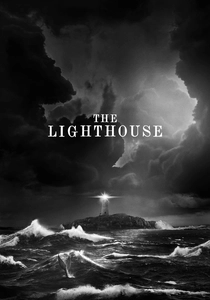
The Lighthouse (2019)
Description: The Lighthouse shares with Men a surreal, psychological approach to horror, featuring male protagonists descending into madness in isolated settings. Both films employ striking visual symbolism and ambiguous storytelling that leaves room for multiple interpretations. The themes of guilt, masculinity, and supernatural elements are prominent in both.
Fact: Robert Pattinson and Willem Dafoe ate real moldy food for some scenes. The film was shot on 35mm black-and-white film stock. The lighthouse keeper's dialect was based on 19th century sailors' speech.
 Watch Now
Watch Now 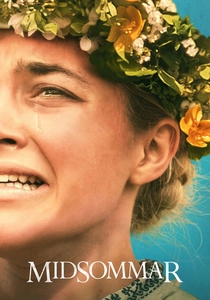
Midsommar (2019)
Description: Midsommar, like Men, explores themes of toxic relationships and psychological unraveling within a pastoral, seemingly idyllic setting that turns sinister. Both films use bright, natural lighting to contrast with their dark themes, creating a unique visual style that enhances the horror. The films also share a focus on folklore and pagan rituals as metaphors for personal trauma.
Fact: Florence Pugh's crying scenes were so intense they caused blood vessels in her face to burst. The film was shot in Hungary during an unusually hot summer, adding to the actors' discomfort. Director Ari Aster based some rituals on actual Swedish traditions.
 Watch Now
Watch Now 
